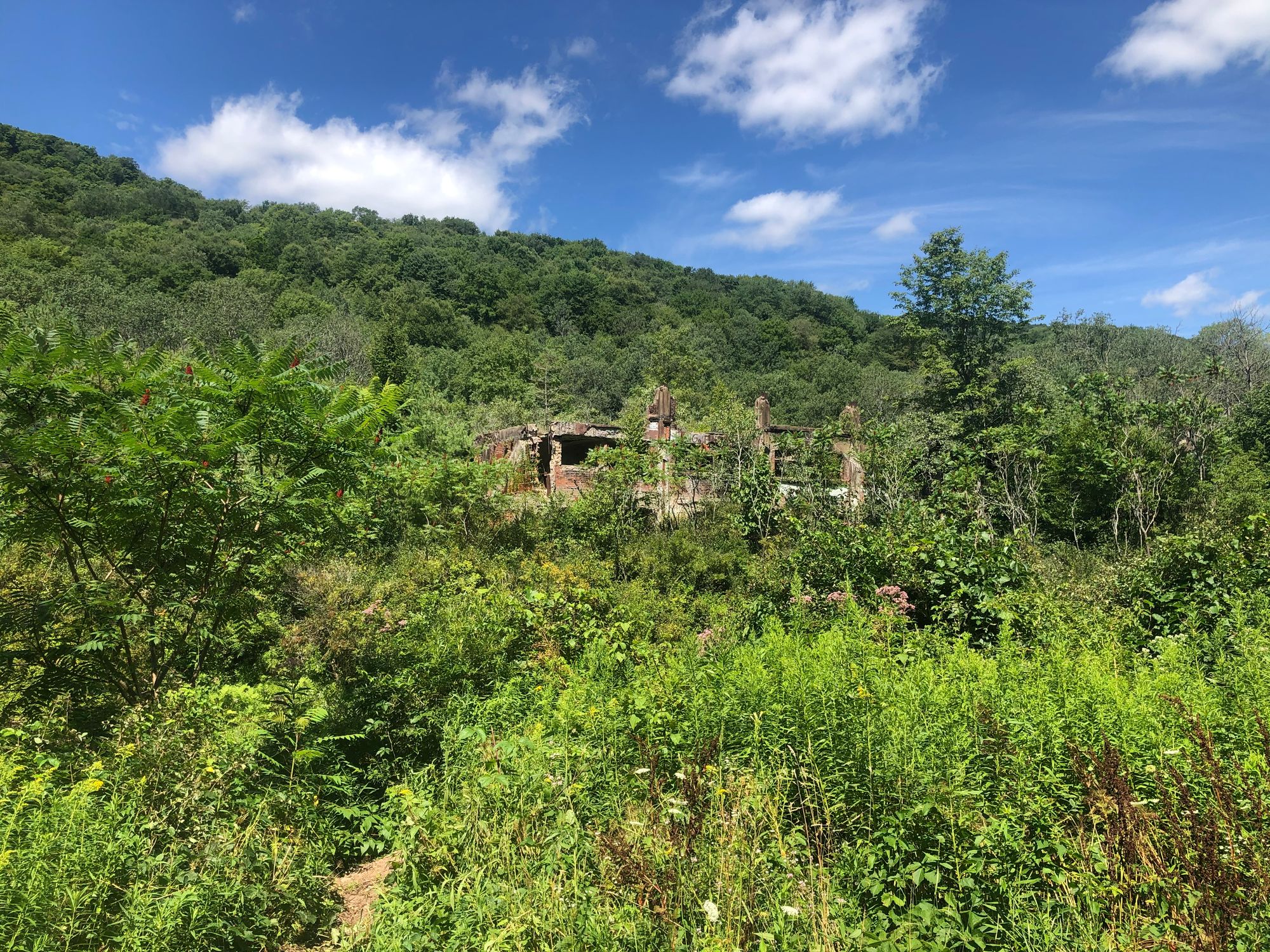Community Zones 0-5

We've been finishing up our plans for the farm for this year.
This is an exciting year for us because it's the first year we're able to build for the future.
Up until this point, we have been getting the lay of the metaphorical land as it pertains to agriculture and how to design large landscapes well.
We've also been getting to know our farm and the nuances to this land.
This is the first step of the design process. Define the challenges and the opportunities.
You can sit around and collect data forever though, eventually you need to put your money where your mouth is.
We have reached that point.
We've learned as much as we could, and now it's time to build something cool.
There's pressure to do a good job here. We're going to be doing a lot of work this year that we hope will be semi-permanent. (How permanent is anything we do, really?)
I've been frantically going over the designs looking for final tweaks or new ways to look at things.
That's why I was especially grateful for a reader email that, among other things, referenced the permaculture design zoning concept.
This design concept has you look at things through the context of the frequency and intensity of activity in an area.
Things are then divided into zones 0 through 5.
According to Bill Mollison, Zone 0 is the activity center in a design. For many individuals practicing permaculture, this is their home.
Here is an overview of each zone given by the author "PIJ" at the Permaculture Research Institute website:
- Zone 0: the centre of human activity, for example, the house.
- Zone 1: close to the house, is the most controlled and intensively-used area containing the garden, work-shops, greenhouse, small animals, wood-pile, compost, etc.
- Zone 2: has typically larger shrubs, small fruit and mixed orchard, windbreaks, poultry, ponds, terraces, etc.
- Zone 3: contains unpruned and unmulched orchard, larger pastures or ranges for meat animals or flocks, and main crops.
- Zone 4: is semi-managed and semi-wild used for gathering, hardy foods, unpruned trees, and wildlife and forest management.
- Zone 5: is unmanaged wilderness – where we observe and learn; it is our essential place for meditation, where we are visitors, not managers.
This was not a lens I had been looking at our property through, and the lens immedietely lead to changes to the locations of a few things. Thanks Robert!
While thinking about this and watching some refresher videos on the concept, I stumbled upon Richard Perkins making an interesting observation.
The way most of our property lines are set is rather unfortunate from a land management perspective.
We're chopping our land up into increasingly smaller squares, and these squares have little to nothing to do with what happens on the land in the absence of humans.
Property lines are a hard boundary that every design project has to start with, but they are not an ideal boundary in terms of pursuing best outcomes.
Best outcomes would be achieved when the land that supports a community was managed holistically - with the whole in mind.
This is no small challenge though. How do you do that well? How do you do that in the context of private property?
Community land planning would be valuable, but how could you do that in a way that wouldn't give governments too much power over individual decision making?
The governence to a system that holistically planned land use like this would be best done on a local level - beginning and ending with the people who actually live there.
But how would you make the divisions?
Watersheds could be an option.
I suppose what I am talking about is essentially a conservation district.
I don't know that much about conservation districts, but I do know they are about to have a lot of funding to distribute through ACAP.
I wonder how much autonomy an individual conservation district has. How much of the governenance is state and how much is locals who actually manage land in the district?
If you have any thoughts on all this, please share.
The main things I'm pondering right now are:
- How do we influence land within our communities to be used in a positive way?
- What are the mechanisms that would support that?
- What sort of governance would allow community land use to be optimized while maintaining individual rights and liberties?
The direction I am pulled is towards taking power from federal and state governments and giving it to communities and individuals.
I would be very skeptical of any idea that called for individuals and local communities to hand over power to the state.
Thoughts?
That's all for tonight!
Life is good!
Send thoughts to rewildling@proton.me
Links:
- Overview of permaculture zones from Permaculture Research Institute
